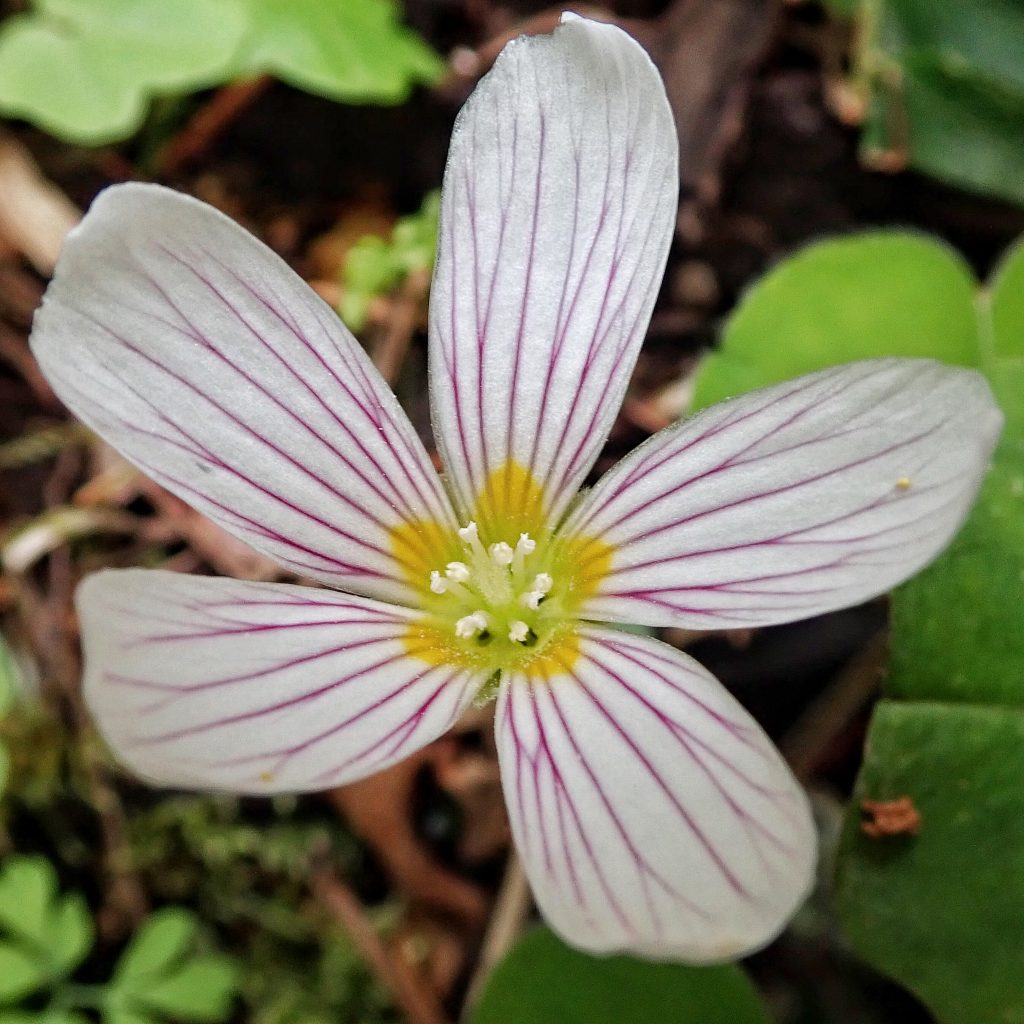
This very common member of the family Oxalidaceae goes by the common names Redwood sorrel, Oregon wood sorrel, and Oregon oxalis. If you’ve ever walked in the westside forests of our region you’ve undoubtedly seen this plant, and/or its close cousin Oxalis trilliifolia.
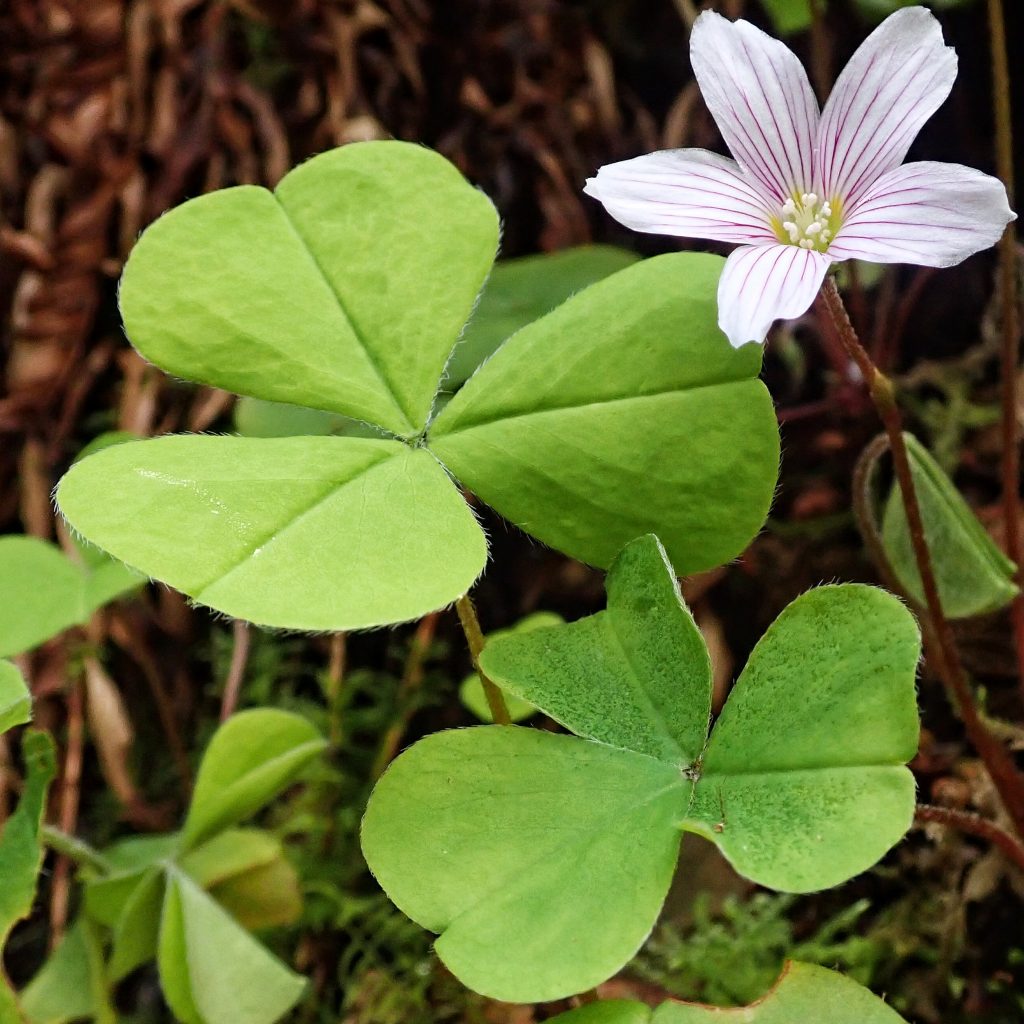
The bright green shamrock leaves pop against the forest duff in late winter when they begin to emerge. And , though small, the flowers really pop in the primary color starved forests of very early spring, with those purplish veins and yellow petal bases handsomely rewarding a closer look.
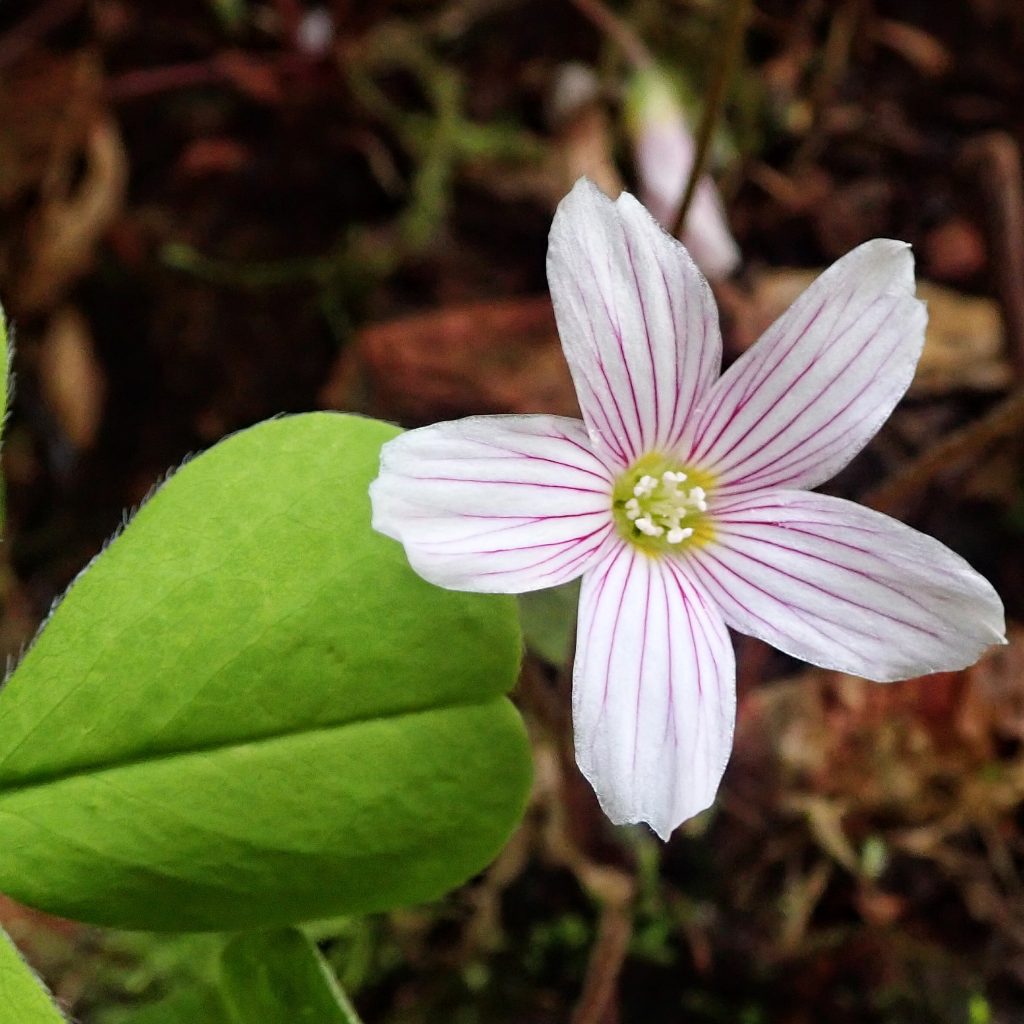
Oxalis oregana is well adapted to its shady environment, but it is actually so sensitive to light that direct sunlight can damage the leaves. To combat this they utilize a process called nyctinasty wherein the leaves fold downward along the axis of the central vein whenever the light is too strong. This is a fairly rapid process, occurring within a few minutes, and the return to a plane surface happens just as quickly when they are once again in shade.
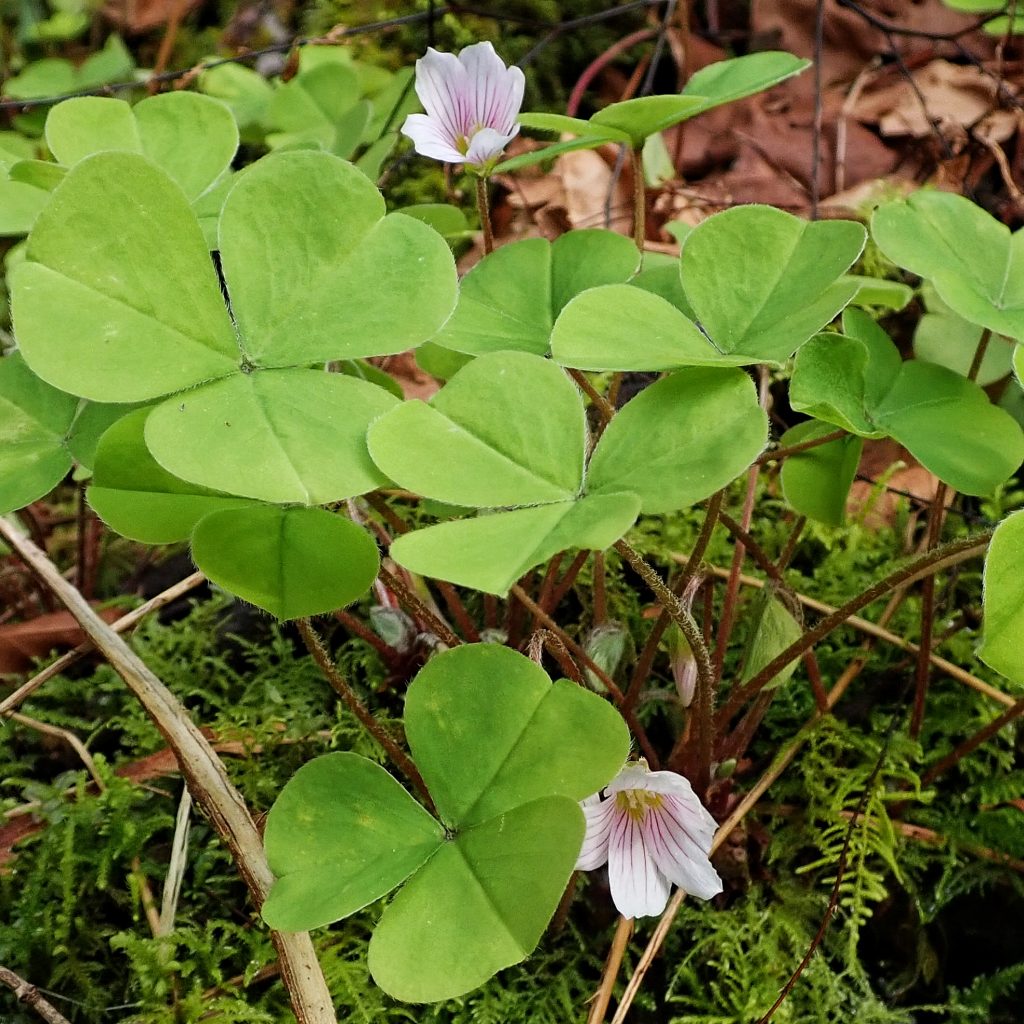
Oxalis oregana contains oxalic acid (named for the genus of plants, and not the other way around), which is mildly poisonous, especially in large quantities, because it blocks absorbtion of calcium, iron, and other minerals. Consumption of large quantities has also been implicated in the formation of kidney stones. However it does have a tasty tang to it, and I’ve chewed the leaves while hiking to conserve on water and ‘wet my whistle’. In fact it actually has less oxalic acid per gram of plant matter than does spinach. Various indigenous peoples used it as a garnish with fish.
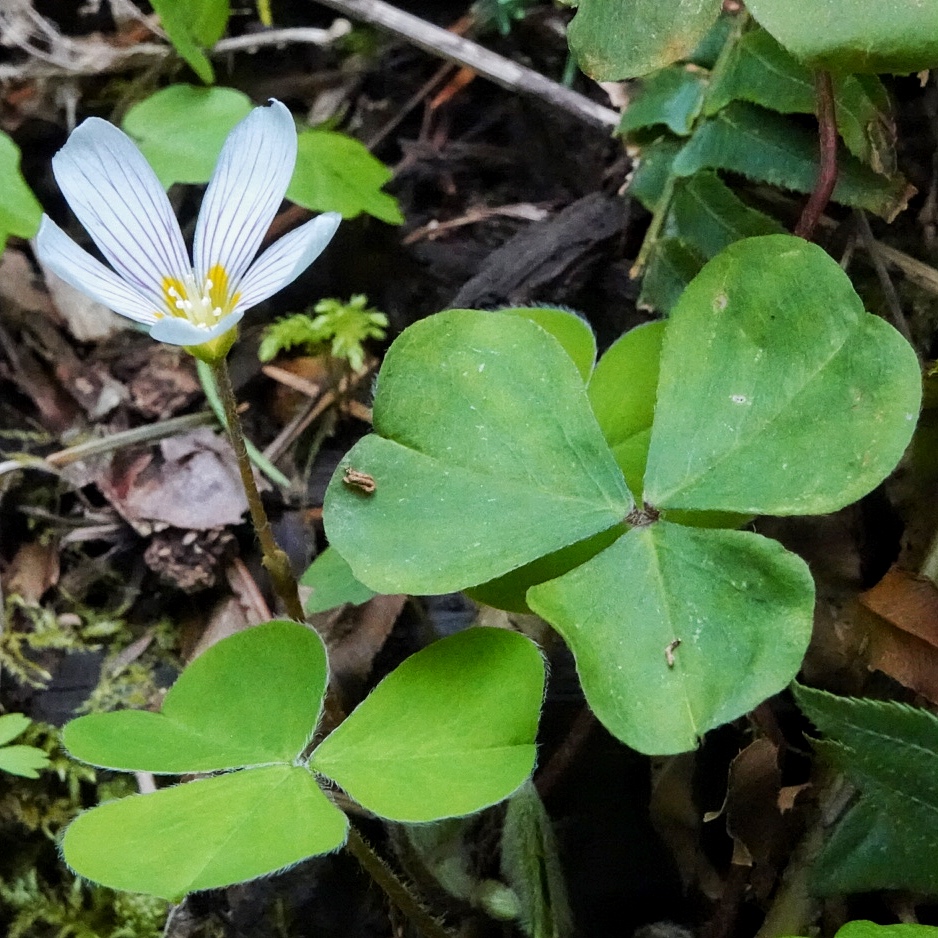
Description– Low growing (less than 8” tall), usually in large patches, with 3 heart shaped (cordate) leaflets bearing a distinct central vein, on a moderately hairy petiole that arises from the tip of the rhizome; flower stalk (peduncle) also hairy, with a single .5-1”wide, pink to purple veined, white to pinkish 5 petaled flower, which often has yellow at the base of the petals.
Similar species– O. trilliifolia has multiple (2-9) flowers per stalk, petals are much less distinctly veined, and it doesn’t bloom until June.
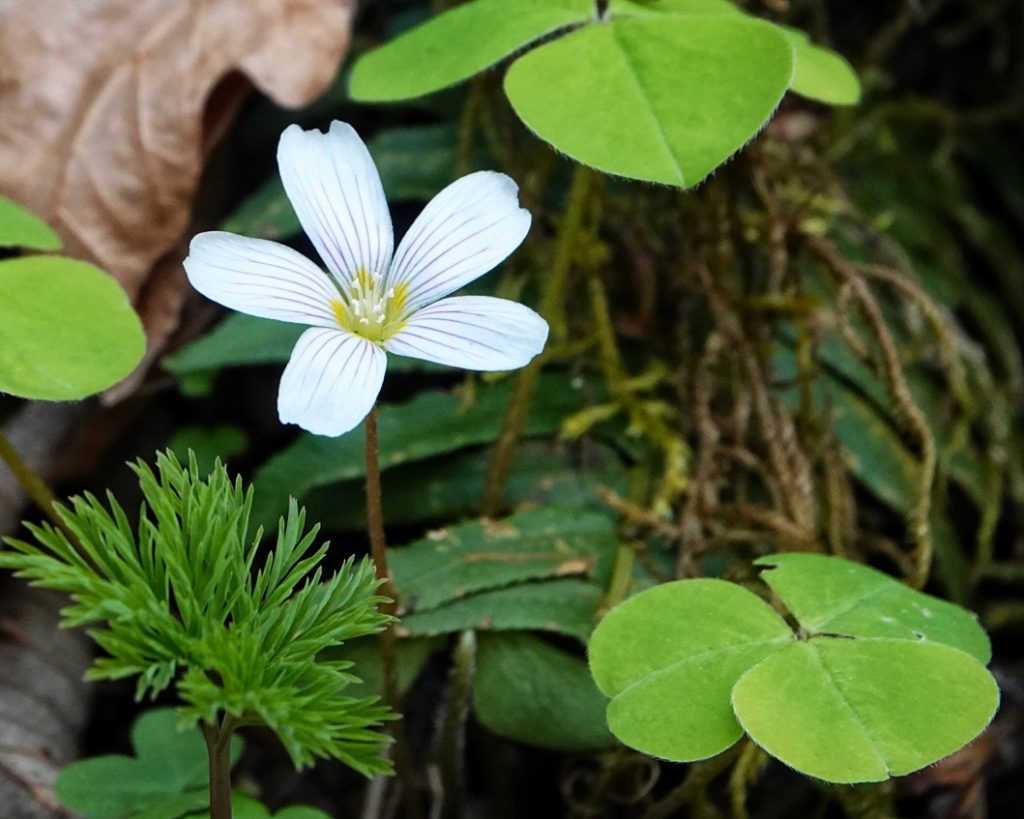
Habitat– Moist to mesic conifer, deciduous, and mixed forests up to 3000’ elevation.
Range-Pacific Coast endemic; from the east slope of the Cascades west to the Pacific Ocean, including the Siskiyous and nw California.
Reproductive timing– Blooming February to August.
Eaten by-The moths Galgula partita, Trichodezia californiata, and occasionally Spilosoma virginica utilize this plant as a larval host.
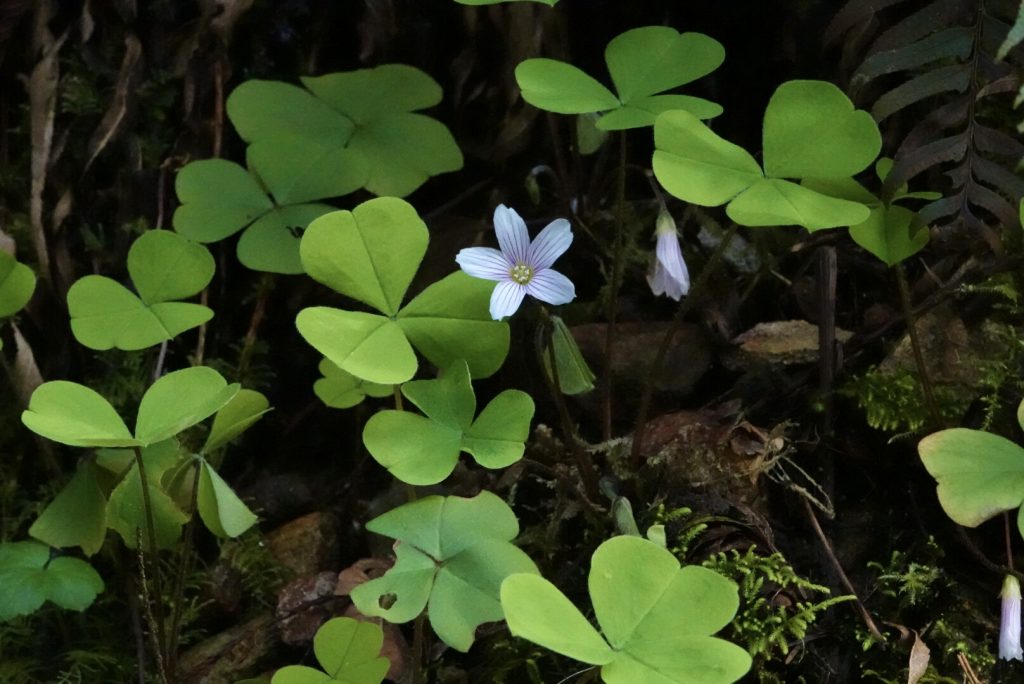
Etymology of names– Oxalis is from the Greek for ‘being sour/sharp’ and refers to the acidic taste of the juice of the plant. The specific epithet oregana refers to the location of the type specimen, although it was the Oregon Territory when Thomas Nuttall described the species, which included all of present day Oregon, Washington, Idaho, and the western parts of Montana and Wyoming.
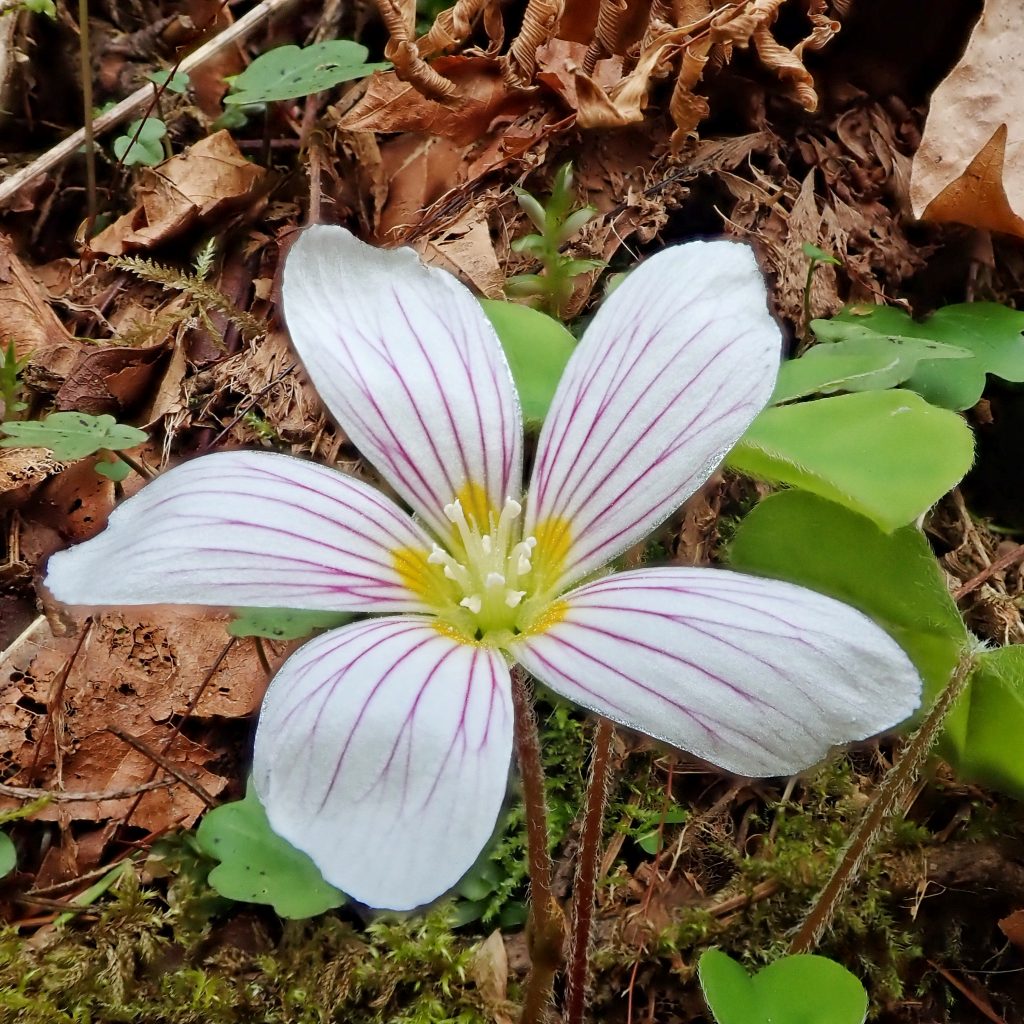
Oxalis oregana | Redwood Sorrel | Wildflowers of the Pacific Northwest
http://www.efloras.org/florataxon.aspx?flora_id=1&taxon_id=250101502
https://ucjeps.berkeley.edu/eflora/eflora_display_N.php?tid=35641
https://www.fs.fed.us/wildflowers/plant-of-the-week/oxalis_oregana.shtml
http://linnet.geog.ubc.ca/Atlas/Atlas.aspx?sciname=Oxalis%20oregana
https://www.wildflower.org/plants/result.php?id_plant=OXOR
https://www.sfbg.org/copy-of-polystichum-munitum-may
https://pfaf.org/user/plant.aspx?latinname=Oxalis+oregana
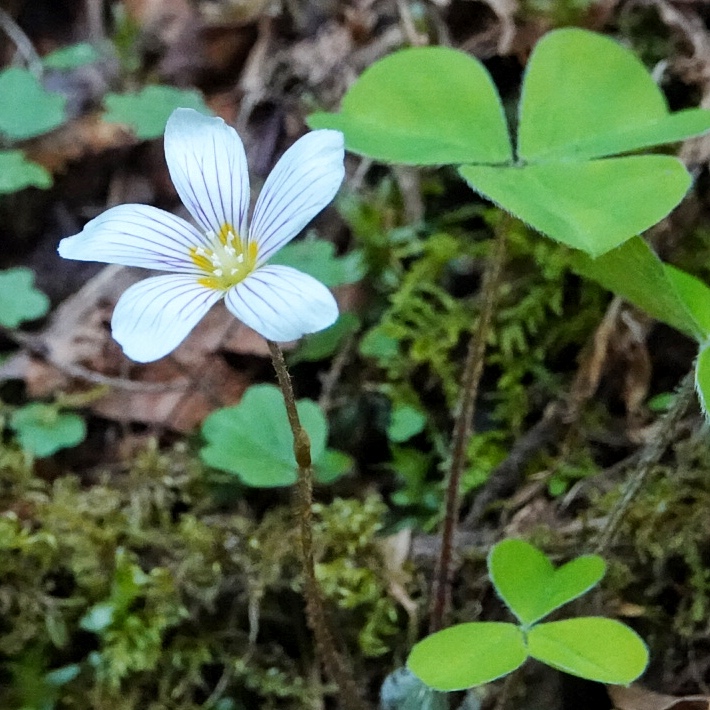
4 thoughts on “Oxalis oregana”